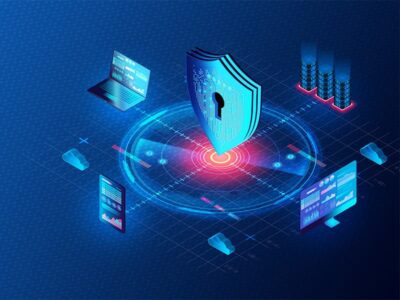If the year 2020 taught us anything, it’s that the world can change at the drop of a hat. As a business owner, you’re likely feeling pressure to be ready when (not if) disaster strikes.
To accomplish this, you’ll need a trusted partner to help you prepare your vital IT infrastructure for when that proverbial hat… drops. That’s where we come in. With Keystone’s Business Continuity planning, the key technological components of your organization will never be at risk – giving you and your team complete peace of mind, 24/7/365.
What is a Business Continuity Plan and what should go into it?
Keystone Technology Consultants in Akron, Ohio provides expert business continuity solutions that are fully comprehensive and ready to be deployed the instant a crisis arises. Each of our plans include the following essential elements:
- A set of definitions: This important document, which is usually maintained by the IT department, may contain terms such as “Active Data Systems”, or “Reduced Performance.” Efforts should be undertaken to ensure that these terms are defined in a way that a business leader will understand. This will allow key players in your organization to assess the cost and capabilities of your disaster recovery process.
- A network diagram: This is an important tool utilized by your IT personnel to see what systems are in play, along with their locations and characteristics. By including specific details like location, the team can quickly assess and respond to a local issue such as a fire or flooding and pinpoint where that issue is taking place.
- A list of locations: In conjunction with the network diagram, this shows the specific location (address, room #, etc.) of all your major technological assets.
- A flowchart of the process to be enacted when a disaster occurs: This includes common tasks which are often overlooked, like communication, equipment provisioning, and system restore points.
- Communication and Operations Plan: This crucial planning document describes each system (where system is an application that the organization uses regardless of server), and what the plan will be for various periods of downtime. This is normally viewed across multiple time lines of unavailability, such as 0-4 hours, 4-24 hours, etc. For example, if the shipping system is unavailable for 0-4 hours, the plan may be to hold shipments in staging area, but after 4 hours to use a manual process to continue shipping. The business personnel who “own” each system should also be identified and engaged with as these periods are experienced.
- Key Personnel: A list of all key personnel with contact info, this is useful when initiating and communicating during a disaster. It should also include the systems they would be responsible for where applicable.
- Backup and Restore Plans: A list of all systems which details when they are backed up, how and where they are backed up, and approximately how long each backup will take to complete. A solid backup and restore plan is extremely helpful when troubleshooting system performance issues. It should also include a comprehensive restore plan.
- Reporting and Review: A description of how backup systems report results, and who reviews them for errors and resolution. Backups are of no value unless that can be restored when needed.
- Key Vendor Contacts: Often disasters are either caused by vendors, or resolved by them. For example, your internet access may be lost, so having the contact information is essential.
Keystone’s Business Continuity plans are tailored to your unique situation, provide a comprehensive way for you to understand the risks your business faces, and to restore business operations quickly and seamlessly when the need arises. These plans are typically 15-20 pages in length and are a valuable asset to your organization for many reasons, including the following:
- They are essential when a disaster occurs. As previously mentioned, it’s far too late to start planning for disaster when the middle of one. With a business continuity plan you can rest assured, knowing that your business is safe and protected.
- They are great risk assessment tools. This is important because mitigating risk has a cost, and the best way to manage that cost is to view it as an investment against loss of access. Keystone’s plans allow you to do this in a way that you (not just your IT team) can understand.
- They can reduce your insurance costs. Business insurance providers often look for a comprehensive plan, and provide lower costs when they see one.
Keystone Technology Consultants offers your organization a complete, comprehensive set of fully managed IT services, including your Business Continuity plan. We can be your sole IT provider or can work in conjunction with your existing IT department – whatever suits your business best.
Contact Keystone today by submitting the form below to see how we can improve your Business Continuity capabilities. We look forward to speaking with you!




